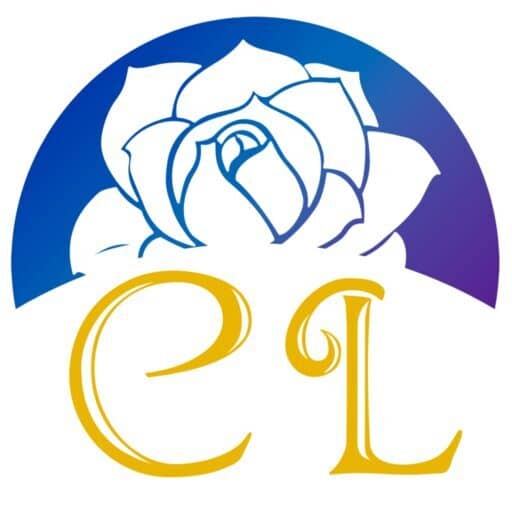Lammastide
Albion has a host of seasonal and agricultural festivals. Some are more celebration than anything else, others are about specific magical commitments tied to the land. In our world, you’ll sometimes see this festival called Lughnasadh, a festival devoted to the Irish god, Lugh. It was often celebrated with games and competitions and stories, as a connection to the funeral games he held for his foster mother, Tailtiu. (Lugh himself is neither particularly associated with the sun or the harvest: he was a god who was known for being skilled in many ways.) However, while there are a number of harvest rituals around cutting the first of the corn in Great Britain, there isn’t good evidence for a pan-Celtic festival, whether dedicated to Lugh or to anyone else. Cutting the first corn is a common element, but some places have links to ritual plays, others to bonfires, some are up on a hill, some are down near water… In the Anglo-Saxon tradition, there’s another name, and one that came down through the Christian church, later: Hlaef-mas, which became Lammas. This might involve baking a loaf of bread, breaking it into four pieces, and crumbling each piece in the corner of a barn to offer protection to the grain about to be stored there. It was also a great time for harvest fairs and gatherings, before the heavy work of the harvest began. A word about corn and grain: In historical works in and about Europe, you’ll often see the word […]
